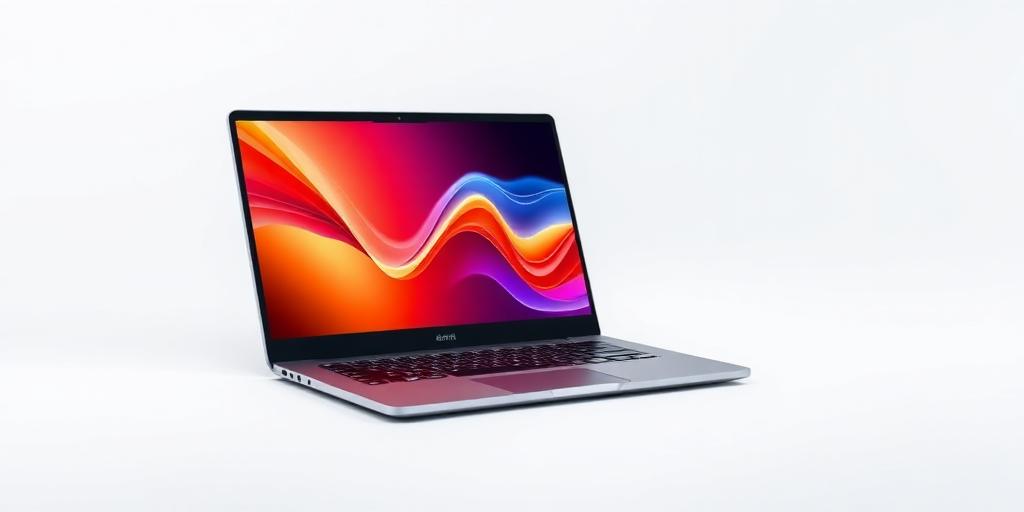The Rise of ARM-based Laptops: Are They Ready for Prime Time?
The laptop market is undergoing a significant shift, with ARM-based processors emerging as a viable alternative to traditional x86 architectures from Intel and AMD. These processors, known for their energy efficiency and mobile-first design, are now making their way into laptops, promising longer battery life and improved performance in certain tasks. But are ARM-based laptops truly ready for prime time?
Understanding ARM Architecture
ARM (Advanced RISC Machine) is a processor architecture that prioritizes power efficiency. Unlike x86 processors, which use a complex instruction set (CISC), ARM processors use a reduced instruction set (RISC). This means they require fewer transistors, resulting in lower power consumption and heat generation. ARM architecture has been the backbone of smartphones and tablets for years, offering a sweet spot between performance and efficiency.
Advantages of ARM-based Laptops
- Battery Life: One of the most significant advantages of ARM-based laptops is their exceptional battery life. Due to their energy-efficient design, these laptops can often last for 12 hours or more on a single charge, making them ideal for users who are always on the go.
- Performance: While early ARM-based laptops were criticized for their performance, newer chips like the Apple M series have demonstrated impressive capabilities. These processors offer excellent performance in everyday tasks, content creation, and even some gaming scenarios.
- Integrated Graphics: ARM-based laptops often feature integrated graphics, which, while not as powerful as dedicated GPUs, are more than capable of handling most productivity and multimedia tasks. This integration contributes to the overall energy efficiency of the system.
- Instant On: Similar to smartphones and tablets, ARM-based laptops offer instant-on capabilities. They wake up from sleep mode almost instantly, allowing you to get back to work or play without delay.
Challenges and Considerations
- Software Compatibility: One of the biggest challenges for ARM-based laptops has been software compatibility. Many applications are designed and optimized for x86 architecture, requiring emulation to run on ARM. While emulation has improved significantly, it can still result in performance overhead and compatibility issues.
- Ecosystem Maturity: The ARM-based laptop ecosystem is still relatively young compared to the established x86 market. This means there may be fewer software options, peripherals, and accessories available.
- Pricing: ARM-based laptops can sometimes be more expensive than their x86 counterparts, especially when considering high-performance models. This can be a barrier to entry for some users.
Notable ARM-based Laptops
- Apple MacBook Air (M Series): The MacBook Air powered by Apple's M series chips has set a new standard for ARM-based laptops, offering exceptional performance and battery life in a sleek and lightweight design.
- Microsoft Surface Pro X: The Surface Pro X is a 2-in-1 tablet/laptop hybrid that utilizes a custom ARM processor. It offers excellent portability and battery life but has faced some software compatibility challenges.
- Lenovo ThinkPad X13s: The ThinkPad X13s is a business-oriented ARM-based laptop that prioritizes security and efficiency. It offers a long-lasting battery and robust connectivity options.
The Future of ARM-based Laptops
The future of ARM-based laptops looks promising. As ARM technology continues to evolve and software compatibility improves, these laptops are poised to become even more competitive. The increasing demand for energy-efficient and portable computing solutions will likely drive further innovation in the ARM space, potentially leading to a broader range of ARM-based laptops across different price points and performance levels.
Conclusion
ARM-based laptops have made significant strides in recent years and are increasingly becoming a viable option for many users. While challenges remain, particularly in software compatibility, the advantages in battery life and performance are compelling. As the ARM ecosystem matures and more applications are optimized for the architecture, ARM-based laptops are well on their way to becoming a dominant force in the laptop market. Whether they are ready for 'prime time' depends on individual needs and priorities, but the trend is clear: ARM is here to stay, and it's only going to get better.









